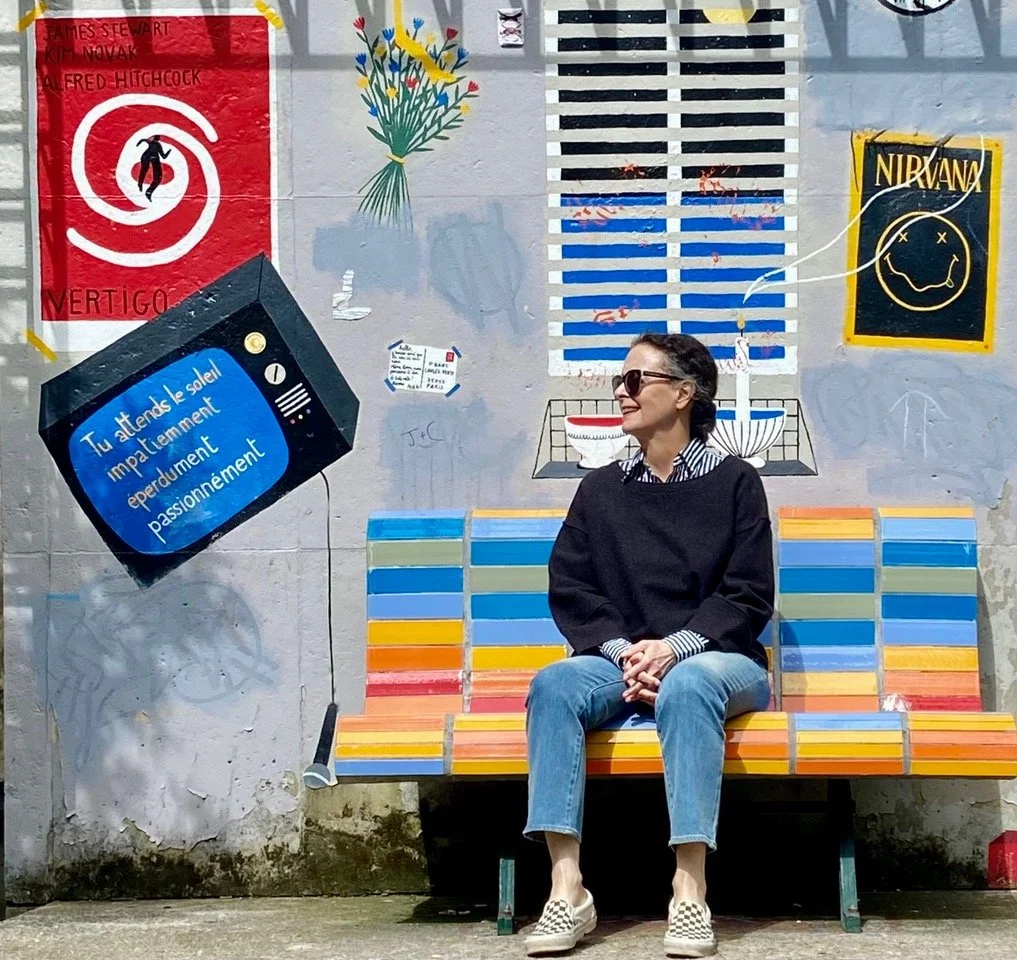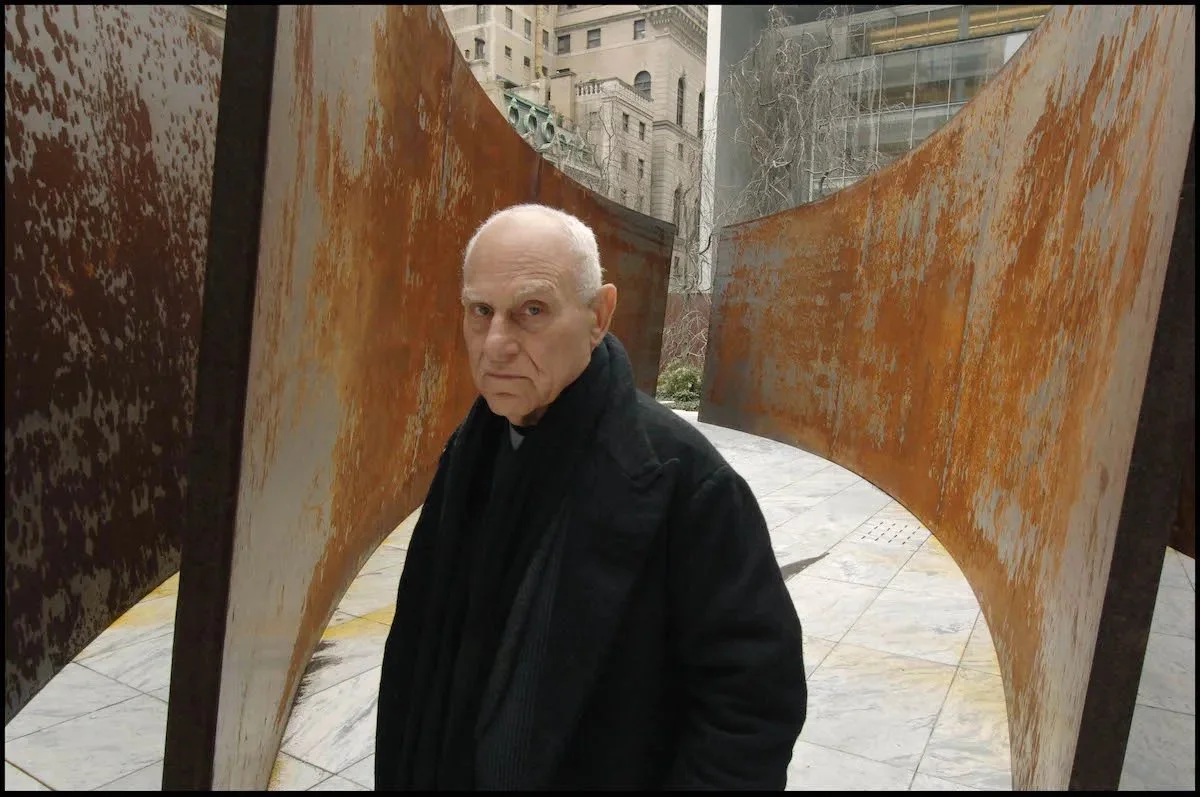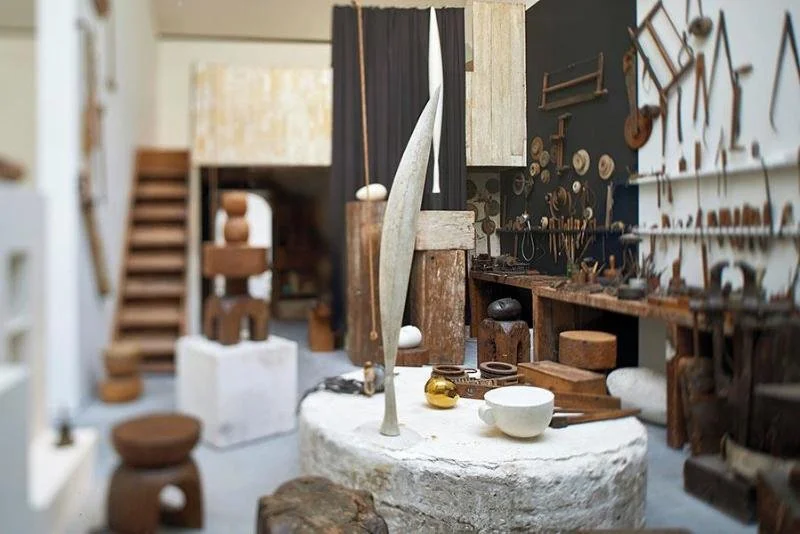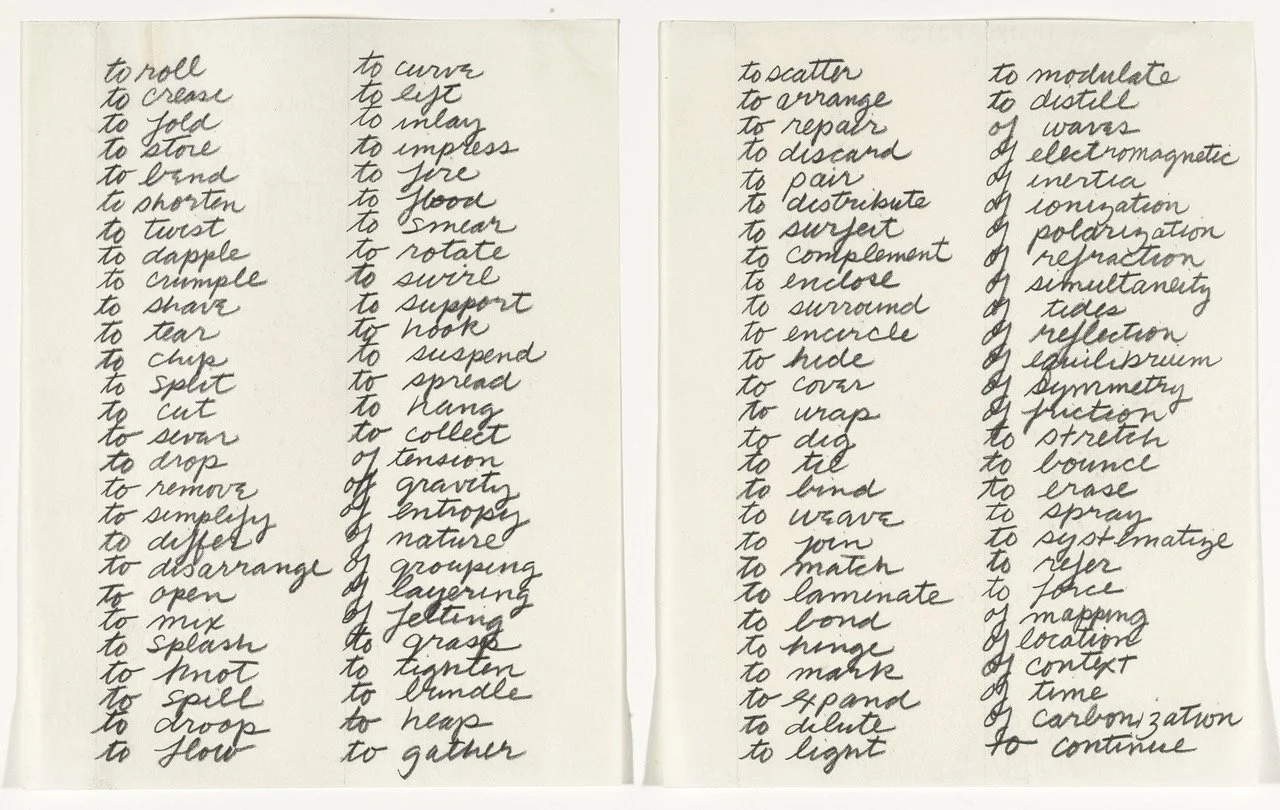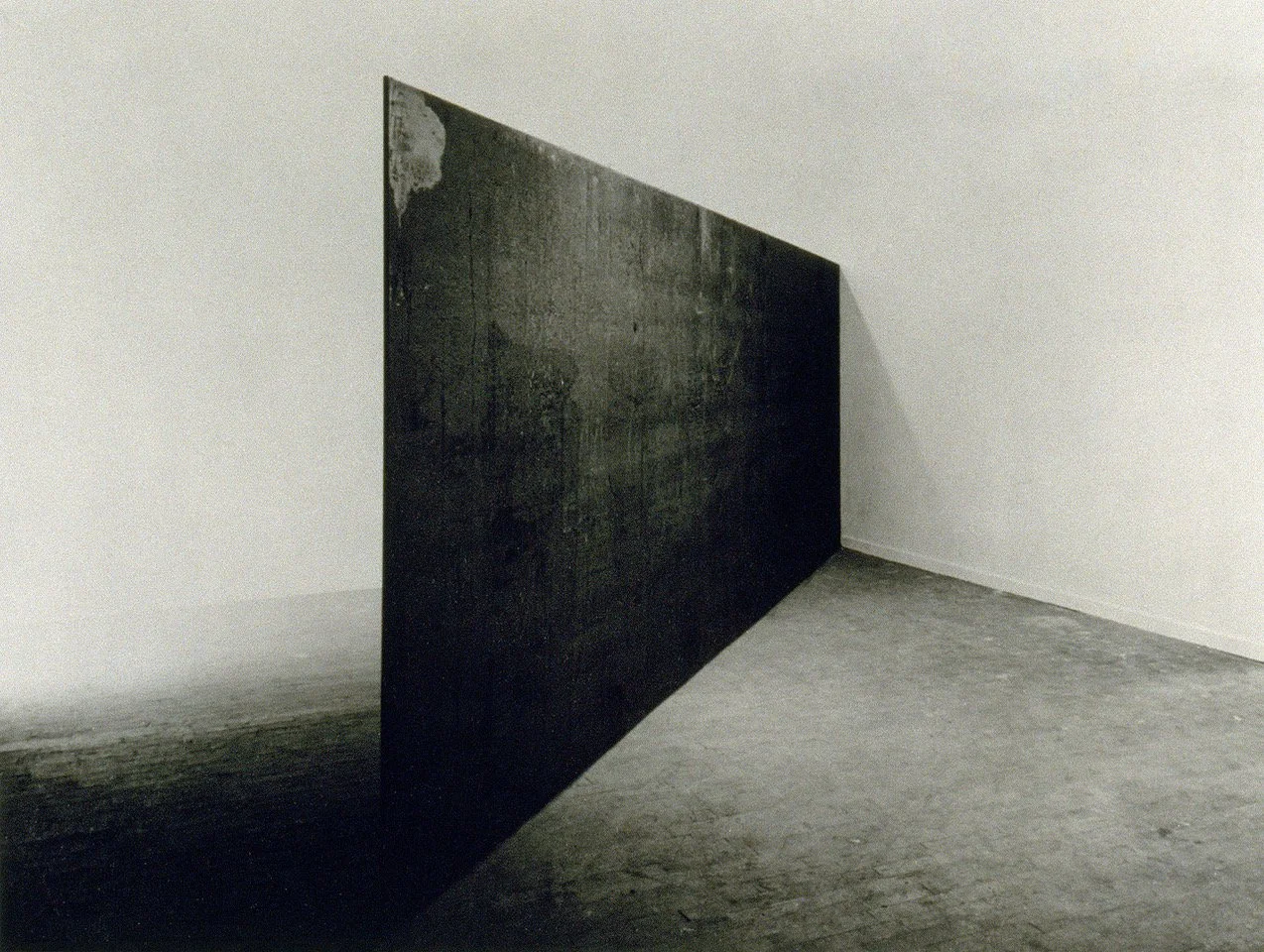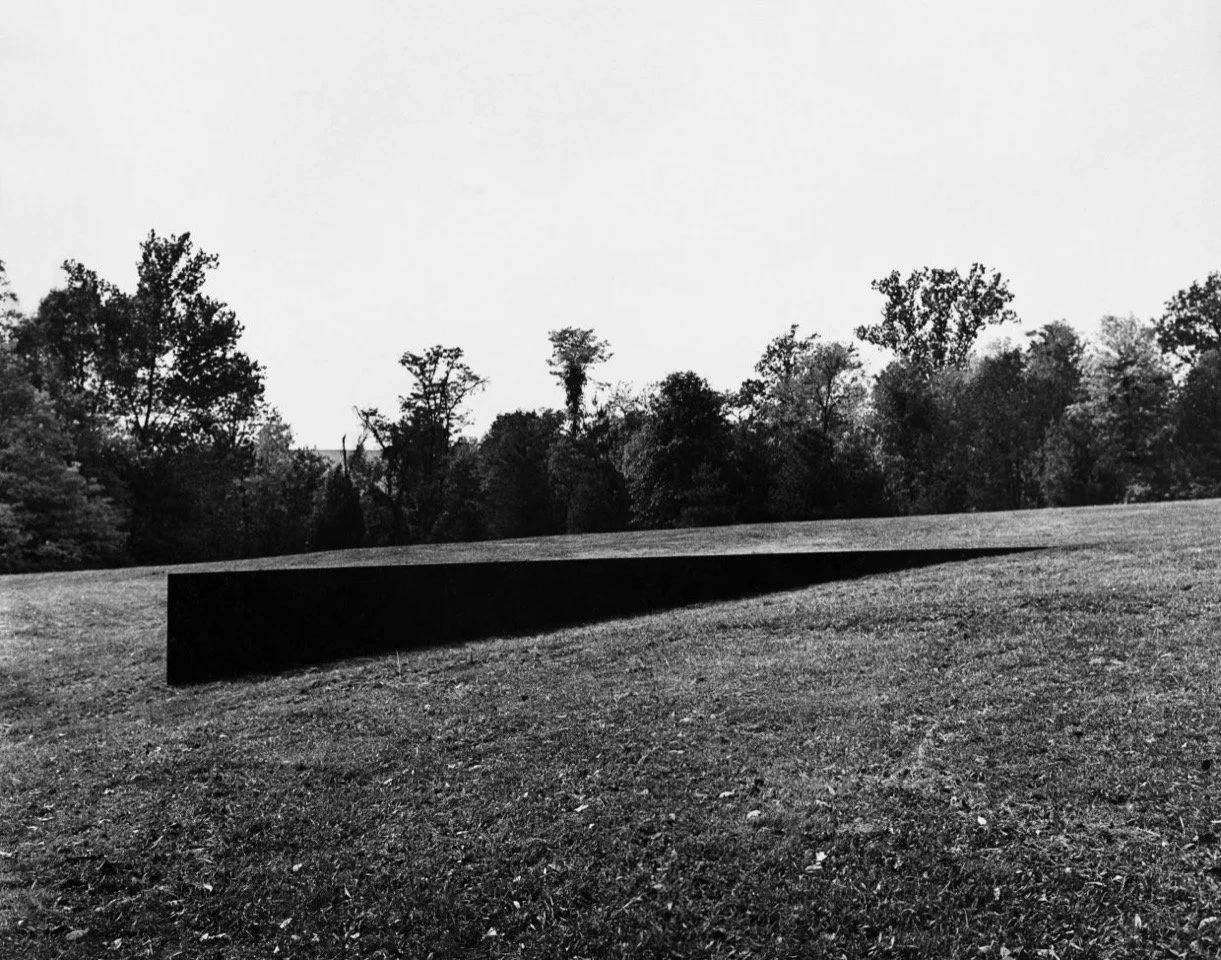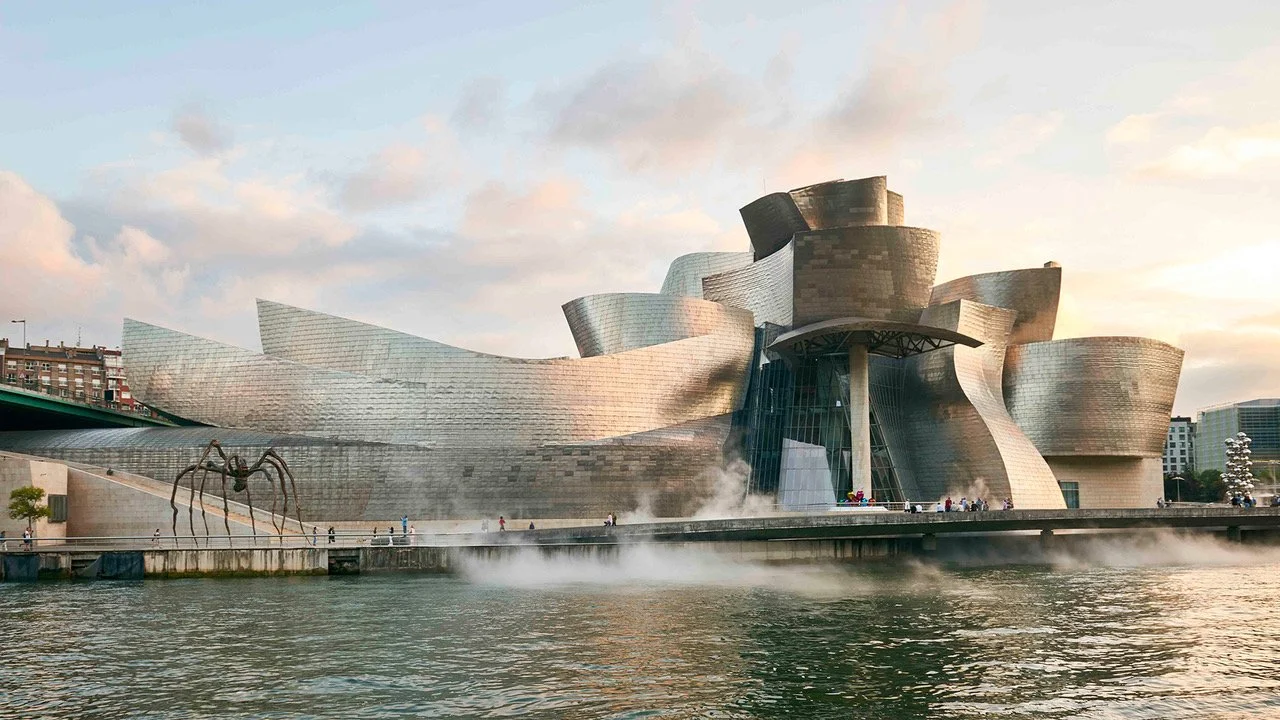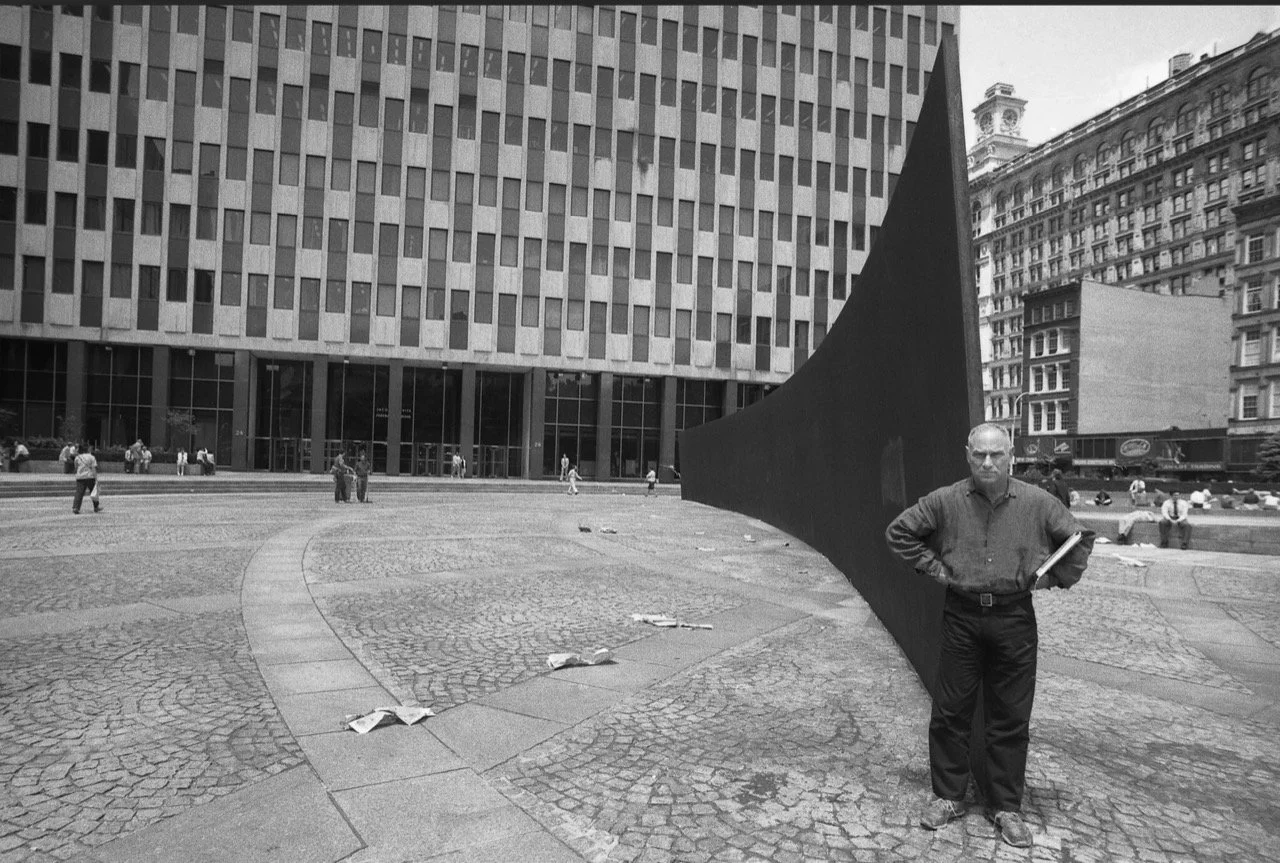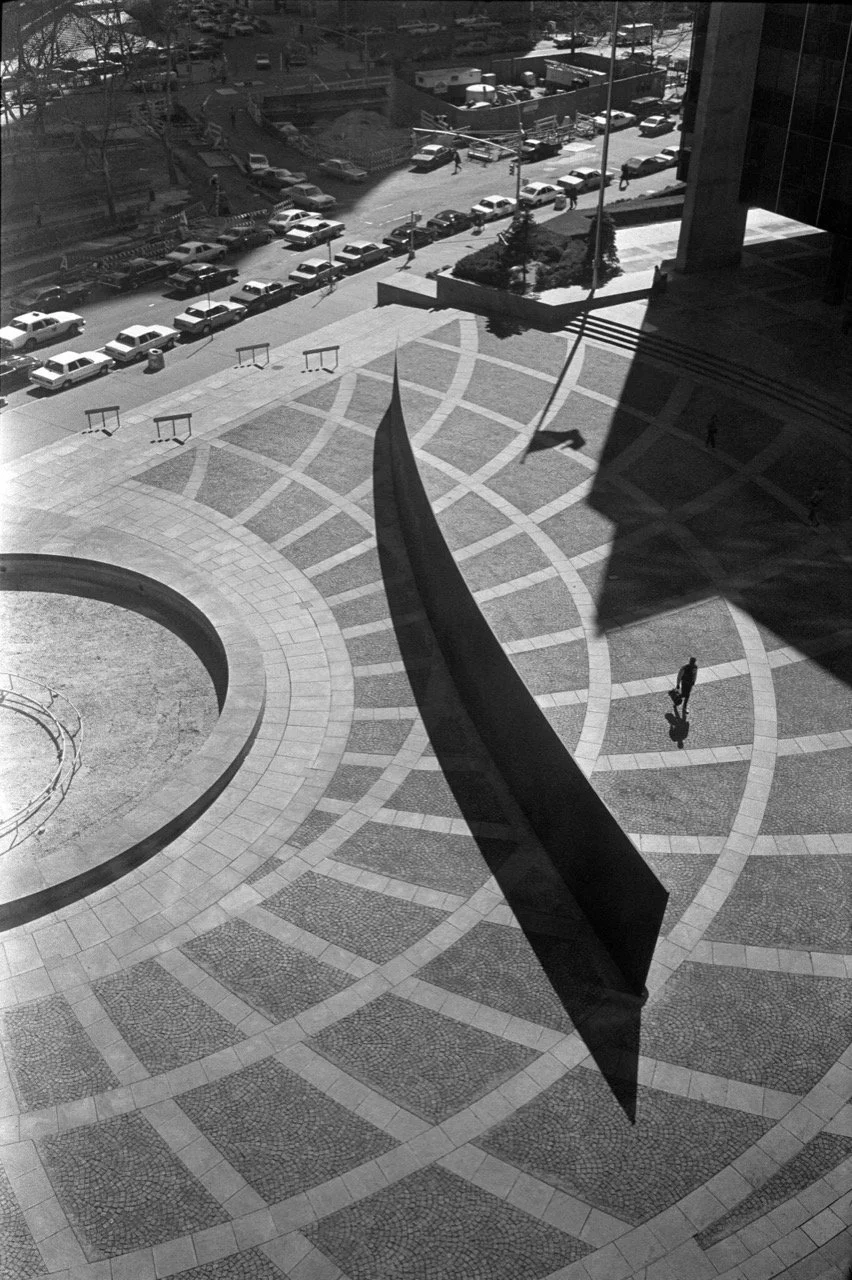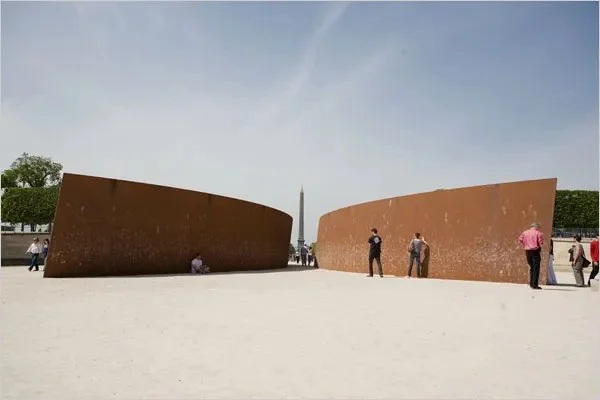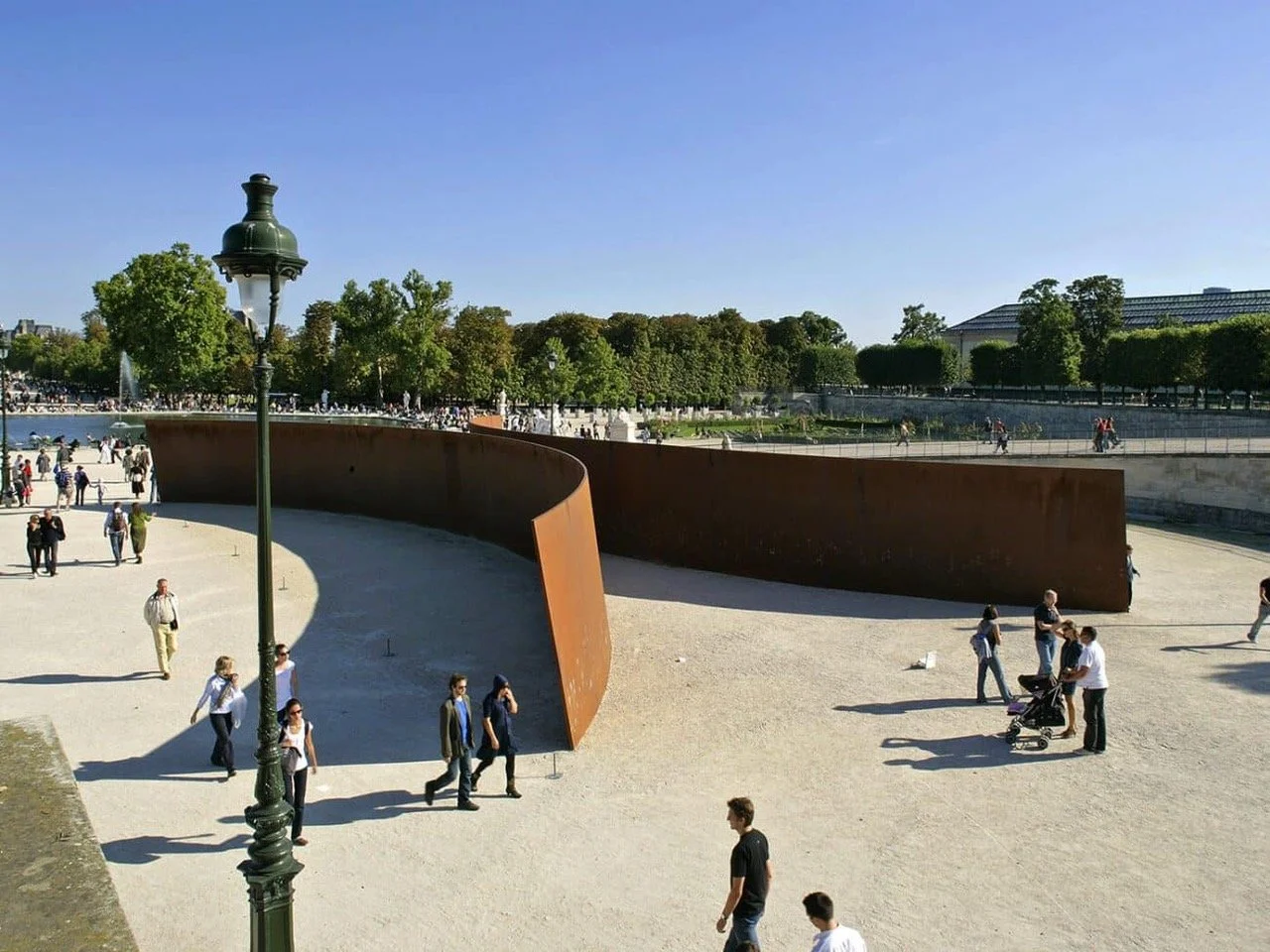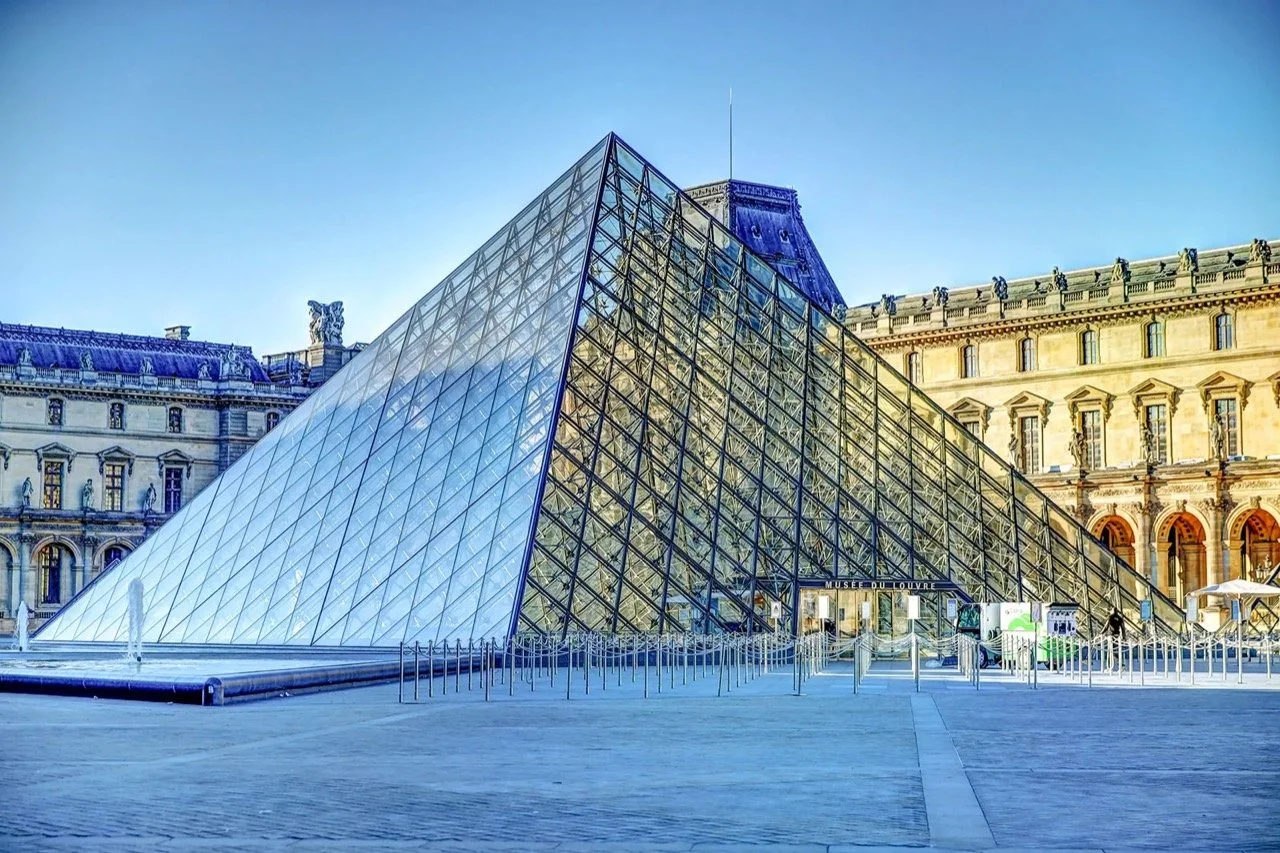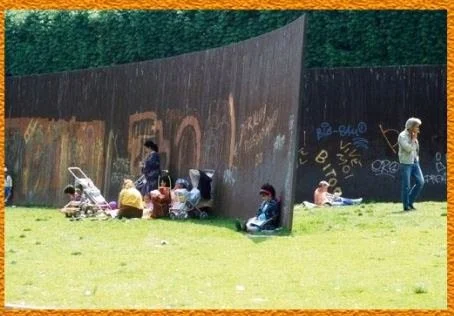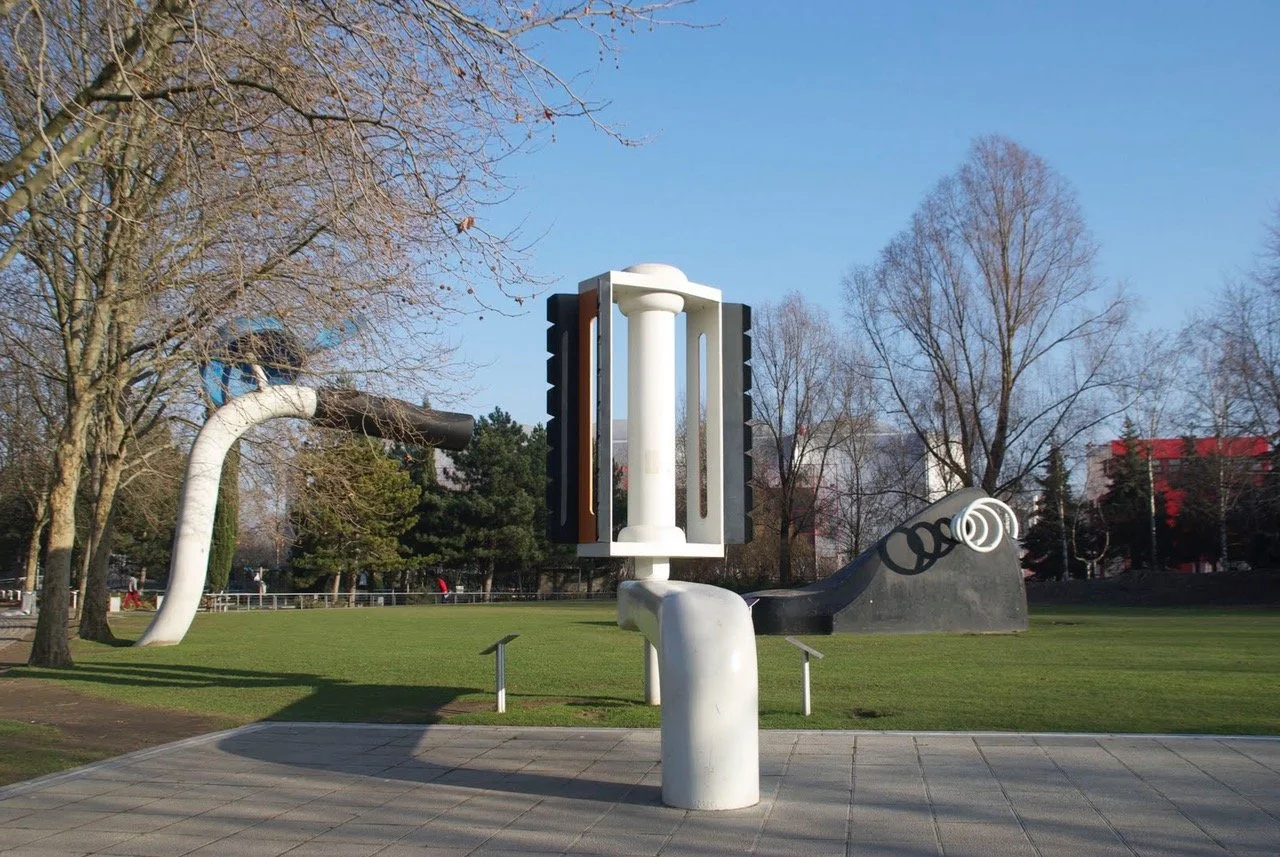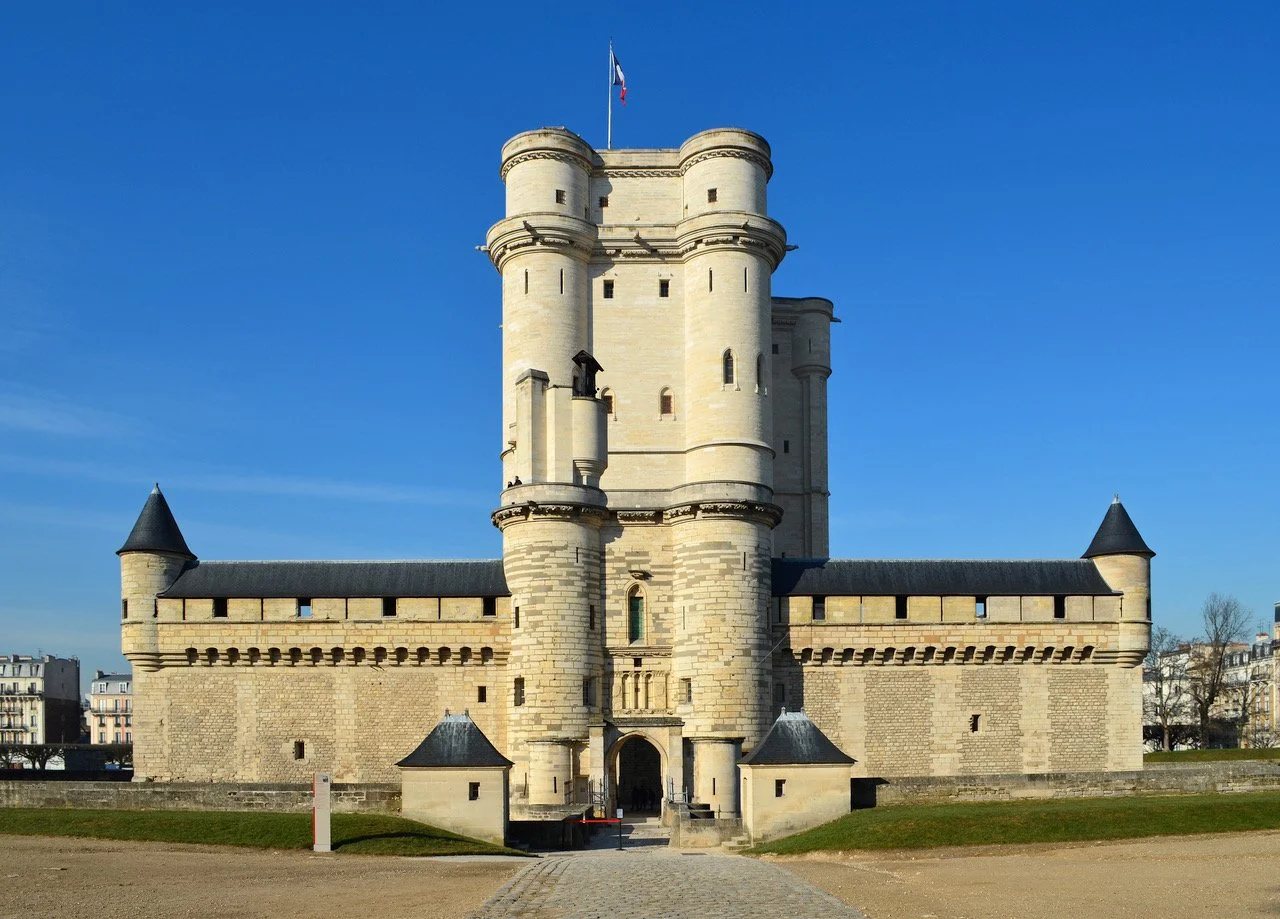Richard Serra: Steel Plated Tanker as Madeleine
Newsletter 05.12.2024
Coulée Verte
Bienvenue and welcome back to Musée Musings, your idiosyncratic guide to Paris and art. Things slowed down a bit, I saw only two new exhibitions this week, both of which take as their subject, some aspect of sports as the countdown for the Summer Olympics continues. I’ve seen quite a few exhibitions focusing on sports the past few months and there are several more than I will be seeing as they open. I will tell you about what I learned after I have learned about few more. But I can tell you this - it was great fun to see three paintings by Thomas Eakins and one by George Bellows at the exhibition on Sport and Art at the Musée Marmottan-Monet. At the Maison Victor Hugo, the exhibition ‘Victor Hugo s’escrime,’ is ostensibly about fencing but since the word ’s’escrime’ in French means both fencing and working hard for something, the title is actually about Victor Hugo and Fencing and Victor Hugo as a tireless fighter for liberty and justice.
Now, it’s finally time to tell you a bit more about Richard Serra (Fig 1) who died a little over a month ago at age 85. He was born in San Francisco in 1938. According to one source, his family lived somewhere between the San Francisco Zoo and Cliff House. According to another, his family’s home was 5 blocks from the ocean. So close to the water, in a development so new, that instead of front lawns, the houses had sand dunes outside their front doors. Now almost 90 years later, both the Sunset (closer to the Zoo) and the Richmond (closer to the Cliff House) are completely built up. Serra said this, “I could look out of my bedroom window and see ships go by.” I can’t, I have to walk 10 blocks from my house to get to the Cliff House and the Pacific Ocean to see ships go by.
Figure 1. Richard Serra in Paris, 2007
Serra’s mother was Jewish, from Russia. She liked to read 19th century French novels and 20th century American ones. His father was Spanish, from Peru, or maybe Majorca. During World War II, he was a pipe fitter in a shipyard. To celebrate Richard’s 5th (or 4th) birthday, his father took him to the shipyard and with a cheering crowd, they watched a tanker slide into the sea. Serra later recalled, “(T)ransformed from an enormous obdurate weight to a buoyant structure, free, afloat and adrift. All the raw material that I needed is contained in .. this memory,… a recurring dream.” Per Deborah Solomon, a steel-plated oil tanker thus became Serra’s madeleine.
Ten years later, steel was still sustaining Serra. “I started (working in steel mills) when I was fifteen, rolling ball bearings in a little plant where I lied about my age. It was very useful. It’s probably why I do what I do….” To help finance his education, he continued to work in steel mills on and off through his 20s. In a 1976 interview, Serra said that he never expected to apply the knowledge he gained from those jobs, but working at them gave him “a certain deference and respect for the potential of steel.”
With a degree in English literature from U.C. Santa Barbara, he planned to study literature in graduate school at Yale. An art professor encouraged him to consider art instead. So he did. His first trip to the East Coast was to Yale. His first off-campus trip was to the Barnes Foundation, outside of Philadelphia, to get, according to Serra, ‘my first good look at Cézanne.’”
After graduate school, Serra went to Paris. He discovered Brancusi’s reconstructed studio which was then at the Musée d’Art Moderne. It’s in front of the Pompidou now (Figs 2, 3). (temporarily closed because of the Brancusi exhibition). Serra appreciated Brancusi’s sculptures and the bases he made for them. Serra said this, “It was the first time I looked at sculpture seriously. I really responded to the strength and simplicity and abstraction of the work. …”
Figure 2. Brancusi studio in front of Centre Pompidou (now closed)
Figure 3. Brancusi studio recreated in Centre Pompidou for Brancusi Exhibition
In Europe for a second year, Serra traveled to Italy and Spain. What he saw in Madrid, at the Prado, convinced him to abandon painting. “When I saw ‘Las Meninas,’ I thought there was no possibility of me getting close to that—the viewer in relation to space, the painter included in the painting, the masterliness with which he could go from an abstract passage to a figure or a dog. It pretty much stopped me.(Figs 4, 5) Cézanne hadn’t stopped me, de Kooning and Pollock hadn’t stopped me, but Velázquez seemed like a bigger thing to deal with.” Picasso confronted that painting differently. His multiple riffs on this masterpiece were on view last year at the Musée Picasso (Fig 6).
Figure 4. Les Meninas, Diego Valezquez, Prado, Spain
Figure 5. Les Meninas, detail, Diego Valezquez, Prado, Spain
Figure 6. Picasso’s ‘riff’ on Valezquez Las Meninas
Serra became a sculptor. He explained it this way in a 2007 interview with Charlie Rose, “Sculpture … had been really the handmaiden of painting. When I came to sculpture, I really wanted to use the tectonics … and the building processes of the industrial revolution—how steel had been used in bridges, how it had been used in silos—to move the procedures of manufacturing into the art world. This hadn't been done before.” Serra’s search for something new would be a constant.
Before he turned 30, Serra wrote what he called his Verblist. (Fig 7) It’s a list of 84 active verb infinitives, to roll, to crease, to twist, to crumble, to tear, etc. Serra explained the importance of those verbs this way, “I was very involved with the physical activity of making. It struck me that instead of thinking about what a sculpture is going to be and how you’re going to do it compositionally, what if you just enacted those verbs in relation to a material and didn’t worry about the result?”
Figure 7. Verblist, Richard Serra
Serra’s friend, the composer Philip Glass, supported himself in the early days by working part time as a plumber. He introduced Serra to lead which, like rubber, was malleable but which, like steel, had weight and solidity. Serra started tearing and cutting and folding lead. He hesitated about working with steel because it “was such a traditional material…Picasso, González, Calder had all done great things with steel. But then I thought, Well, I can use steel in the way industry uses it—for weight, load bearing, stasis, friction, counterbalance. I knew something about steel, so why not?”
In 1971, he created ‘Strike.’ (Fig 8) At 24 feet long and 8 feet high, he needed industrial riggers to set it up. “I began to think about .. dividing the space of a room, and about the spectator walking through and around a piece in time, rather than just looking at an object.… After ‘Strike,’ my studio really became the steel mills.”
Figure 8. Strike, Richard Serra, 1971
More than 25 years later, in 1997, Michael Kimmelman asked Serra about “the paradoxical alliance between 19th-century-scale industry and 21st-century art - factories morphing into museums, German steel mill that works exclusively with artists… Serra’s….shaping industrial-weight steel into huge ….works of sculpture.”
To which Serra responded, “Spinoza predicted that art would dematerialize and (i)n a sense, my work is antithetical to that. But then as art dematerializes, the scale has grown larger. I’m using tons of steel to make the situation look lighter… abstraction has been able to deliver an aspect of human experience that figuration has not..”
The same year he created ‘Strike,’ he received his first major commission, from the publisher and art collector Joseph Pulitzer. (Fig 9) Serra said, “The house there had one of Monet’s ‘Water Lilies’ paintings, and a beautiful Ellsworth Kelly sculpture, a Matisse … a Brancusi, and paintings by Rothko and Cézanne, … and you don’t want to go there and make a fool of yourself.”
Figure 9. Pulitzer garden, Richard Serra, 1971
It took him more than a year to finish it. The piece is three 60-foot-long Corten-steel plates set into a field at precisely calibrated angles, “which made the landscape into a work of sculpture embracing space, time, and the walking viewer.”(Tomkins)
Serra’s goal, to define people’s progression through space, defines architecture, too. But it was definitely not what Serra was aiming for. Here is how he explained it to Charlie Rose, in reference to a public falling out with Frank Gehry during a student review at the Yale School of Architecture, when Gehry claimed to be an artist (Fig 10).
Figure 10. Guggenheim Museum, Bilbao, Spain, Frank Gehry
“I said that art is purposely useless, that its significations are symbolic, internal, poetic…whereas architects have to answer to the program, the client, and everything that goes along with the utility function of the building.”
That sounds pretty close to something Oscar Wilde said, “We can forgive a man for making a useful thing, as long as he does not admire it. The only excuse for making a useless thing, is that one admires it intensely. All art is quite useless.”
An architecture student at Yale who had been at the review, remembered what Serra said somewhat differently. He wrote in a comment for the NYT Serra obituary that Serra said this, “If it’s got plumbing, it’s not Art.” Which reminded me of what Fran Lebovitz said to Martin Scorsese about the culinary arts. “If you can eat it, it’s not art. Okay? If you can say, ‘I’ll have that, and a cup of coffee,’ that’s not art. That’s a snack!”
We could talk about Serra’s successes, of which there have been many. The site specific installation for the Louisiana Museum (Fig 11), 9 projects in various capitols of Germany (his wife is German maybe that helped), etc.. And solo exhibitions and retrospectives that have been held all over the world. But I would rather talk about two controversial commissions for two major cities which were both rejected by the public and which are both currently in storage. Both are from the 1980s when Serra discovered that steel plates could be self-supporting and could be tilted. ‘Tilted Arc’ for New York City and ‘Clara-Clara’ for Paris were the result.
Figure 11. Richard Serra, Garden, Louisiana Museum, Denmark
‘Tilted Arc’ had been commissioned by the General Services Administration of the federal government. The G.S.A. reviewed and approved Serra’s proposal at every stage of the design process. The G.S.A. knew exactly what it was getting: a curving wall of Corten steel, 12 feet high and 120 feet long, for the open plaza in front of the (unlovely and unloved) Jacob K. Javits Building in Lower Manhattan. (Figs 12 - 14)
Figure 12. Richard Serra & ‘Tilted Arc’ Jacob K. Javitz Plaza, NYC, Richard Serra, 1981
Figure 13. ‘Tilted Arc’ Jacob K. Javitz Plaza, NYC, Richard Serra, 1981, Aerial View
Figure 14. ‘Tilted Arc’ Jacob K. Javitz Plaza, NYC, Richard Serra, 1981
This is what Serra said before the sculpture was installed, “The placement of the sculpture will change the space of the plaza. After the piece is created, the space will be understood primarily as a function of the sculpture.”
From the beginning, people didn’t like it, actually, they hated it.
At first Serra was sanguine, negative reactions weren’t new and he figured that, as before, people would eventually come around. But they didn’t. As Roberta Smith noted, the people who worked in the Javitz Building, “hadn’t asked to have a sculptural experience in their lunch hour, and they didn’t want this one.”
In 1985, there was a public hearing and even though twice as many people spoke in favor of keeping ‘Tilted Arc’ where it was, (approx. 1150 to 550) the G.S.A. removed it. Serra sued for breach of contract. He lost. He threatened to leave the country. He didn’t. “Tilted Arc” was taken to and is still in, a parking lot in Brooklyn.
‘Clara-Clara’ was commissioned by the Centre Pompidou but was too heavy to be installed in the museum or even in the plaza in front of it. So the piece, two 10 foot high panels which curve away from each other and which are, at their closest, 6 feet apart, was set up in the Tuileries Gardens, between the Jeu de Paume and the Musée de l’Orangerie.. The passageway between the two panels permitted people to walk between them. The siting was magnificent. People walking in one direction saw the Egyptian Obelisk in the Place de la Concorde. People walking in the opposite direction saw the Arc du Triomphe du Carrousel with the Louvre in the distance. (Figs 15-17) This was 6 years before I.M. Pei’s glass pyramid trauma at the Louvre (Fig 18).
Figure 15. Clara-Clara in Tuileries Gardens, Paris looking toward obelisk
Figure 16. ‘Clara-Clara’ in Tuileries Gardens, Paris, looking toward Louvre
Figure 17. 'Clara-Clara’ in Tuileries Gardens
Figure 18. Glass Pyramid, Musée du Louvre, I.M. Pei
According to Samantha Young, writing in Hyperallergetic days after Serra’s death, the sculpture both complemented the historical axis laid out by Napoleon and subverted the classical garden design by André Le Nôtre. Geneviève Breerette, art critic at Le Monde in the 1980s, wrote that “Clara-Clara,” “is an invitation to take a walk, which makes you see the world differently.” Which was Serra’s goal - people looking at old things through new eyes. But Parisians were not happy, they did not want to see their familiar monuments in a fresh way. The sculpture was removed.
The City of Paris which became the owner of ‘Clara-Clara,’ installed it in a modest park in a working class neighborhood in the 13th arrondissement, the Parc de Choisy. Street artists began to tag it, skateboarders began to ricochet off it and homeless began to sleep under it. (Fig 19) It was in that park for 5 years but the locals never fell in love with it. Scratched and nicked, the sculpture was put into storage.
Figure 19. ‘Clara-Clara’ at Parc du Choisy, 1985
In 2008, “Clara-Clara” was reinstalled in the Tuileries Gardens for an exhibition. The magazine Connaissance des Arts ran an article entitled “Should ‘Clara-Clara’ remain in the Tuileries for good?” Speaking in favor was Serge Lemoine, the former president of the Musée d’Orsay and a professor of art history at the Sorbonne. He called ‘Clara-Clara,’ “a masterful work and perfectly integrated into the site.” David Jean, whose area of expertise I couldn’t discover, disagreed. The piece, he said “traps the field of vision.” For him, modern sculpture was “too dangerous in the immediate vicinity of the masters of the past.” By 2009 it was back in storage.
Serra’s death, according to Young, has prompted city officials to renew their search for a place to put ‘Clara-Clara’. Aurélien Véron, a councilman for the City of Paris has suggested three venues: Parc de la Villette, which already has contemporary art installations as well as Jean Nouvel’s Philharmonic. (Figs 20, 21) The front of the 14th century Chateau de Vincennes. (Fig 22) Or the Grand Arch of La Défense, a new arch which is aligned to Paris’s historical axis. (Fig 23) The sculpture could be placed so that visitors “could see the Tuileries and the Louvre in the perspective of ‘Clara-Clara.’” I can’t wait to see it installed somewhere!
Figure 20. Philharmonie de Paris, Parc de la Villette, Jean Nouvel architect, Paris
Figure 21. Bike Pedal sculpture, Parc de la Vilette, Paris
Figure 22. Chateau de Vincennes
Figure 23. Grand Arch, La Défense, Paris
If you know a mother, or are a mother, and are in the U.S. have a sweet day today!
Gros Bisous, Dr. B.
Bibliography
Kimmelman, Michael. For Richard Serra, Art was not something, it was everything
https://www.nytimes.com/2024/03/27/arts/design/richard-serra-death-appraisal.html
Solomon, Deborah. Splash: A public artist’s private breakthrough
https://www.nytimes.com/2024/03/29/arts/design/richard-serra-splash-piece-casting.html
Smith, Roberta, Richard Serra, who recast sculpture on a massive scale
https://www.nytimes.com/2024/03/26/arts/richard-serra-dead.html
Tomkins, Calvin. Richard Serra, Man of steel
https://www.newyorker.com/magazine/2002/08/05/richard-serra-man-of-steel
Young, Michelle. The Richard Serra sculpture that was just too much for Paris
https://hyperallergic.com/881675/the-richard-serra-sculpture-that-was-just-too-much-for-paris/
Young, Michelle. Will Richard Serra’s forgotten Paris sculpture finally see the light of day?
https://hyperallergic.com/899378/will-richard-serra-forgotten-paris-sculpture-finally-see-the-light-of-day/
Comments for which I am very very grateful:
New comment on This and That:
It's too bad that the new Ottolenghi restaurant in Paris was not a hit with you. I've been to one of his places in London and had a delicious meal. Tavline is the Hebrew word for spice--shame that the food wasn't more flavourful.
I saw an exhibit of Serra's sculptures in New York, at the Gagosian Gallery, many years ago. Wonderful stuff, but better suited to outdoor spaces, like at the Louisiana.
I've got a couple of jars of gefilte fish in my pantry which I was planning to bring to Crete, but they were just too heavy.
Next year I'll definitely make the caramel chocolate covered matza. David's recipe is based on one which uses graham wafers as the base which I used to make a lot. Super easy and delicious.
I've also bumped into the Chabad guy in Paris. He hasn't aged a bit. He never asked me if I was a Jew, just my husband. Very annoying! Sharon, Haifa
New comment on A week in the life …..:
Love reading about your Sunday stroll through Paris with music and art history to make it a perfect Sunday read. Thank you for sharing it! Sydney, Portland, Oregon
Yikes. That riot must have been scary to be in the middle of. So glad you were able to escape. Your hotdog looked amazing. It it so great that you have so many cultural options to walk to. So happy to tag along with you to all of your aventures, Deedee, Baltimore
Dr. B, so glad you went to I'le St Louis....one of my favorite places in Paris....The couple I worked for in SF...have an apt. there. My anniversaire was Friday, and from you article i pictured myself have ice cream at Berthillon or getting something from one of the bakeries i love. merci, merci, Jacquelyn Bay Area, CA.
What interesting musings! So many different observations. Each one fascinating! The church on the Ile is so very charming. No better venue for a concert and the one you described sounded perfect. I had never heard of the casseurs . It certainly is a dangerous tradition! So glad you were able to avoid them. Thank you for another intriguing blog. S. L.
Dear Beverly,
Just finished reading your newsletter of today. I am very envious of your Sunday concerts at the Église Saint-Louis en l'Île. And your dramatic encounters with riot police. Are they still the CRS, the special force that used to haunt the manifs during my student days?
I just wanted to comment on your remarks about Rimbaud, Baudelaire, and Verlaine. Does your daughter know Rimbaud's poem, Le Dormeur du Val? If not, I recommend it to her. It is very moving and I memorized it long ago. And that Le Bateau Ivre is on a wall near the Église Saint Sulpice? My favorite poems of Baudelaire are Les Chats, L'Invitation au Voyage, Le Chant d'Automne, and Recueillement, whose last two lines have forever stayed with me, "Et, comme un long linceul traînant à l'Orient, Entends, ma chère, entends la douce Nuit qui marche." Did you know that when Baudelaire was born, his father was 63 years old and his mother 28? As for Verlaine, his Chanson d'Automne twirls round in my memory like a falling leaf. Finally want to mention Jacques Prévert, whose poem Le Jardin, referring to the Parc Montsouris, is a wonderful amalgam of the infinite and the infinitesimal. Mark, Boston
